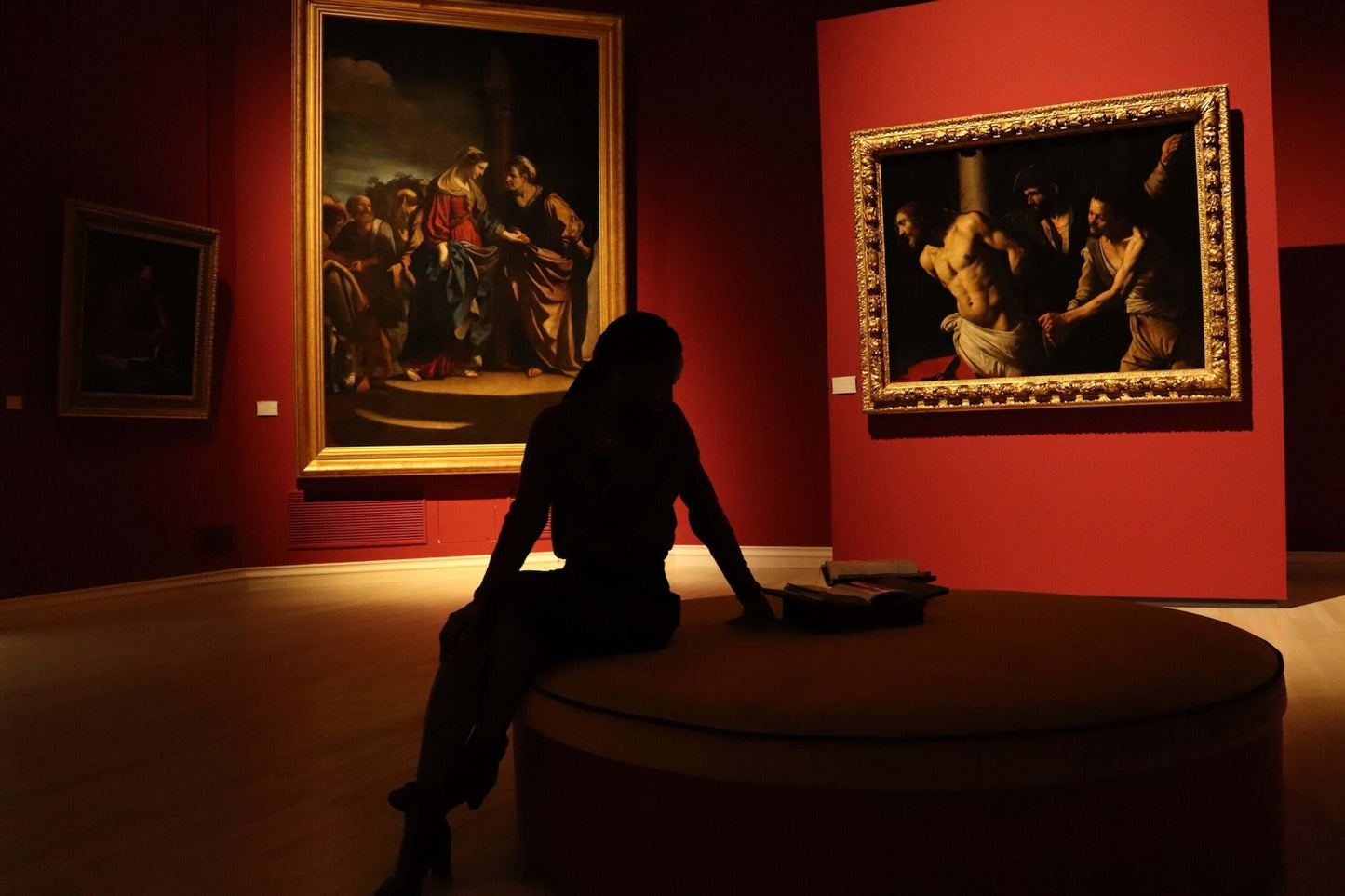LED lighting has revolutionized the way art gallery and museum displays are illuminated, offering a wide range of benefits over traditional lighting sources. From enhanced color accuracy to energy efficiency, LED lighting has become the go-to choice for showcasing artworks and exhibits. In this article, we will examine the most useful practices and techniques for using LED lighting in art and displays, ensuring optimal visual impact while preserving the integrity and longevity of the piece.
Color Accuracy and Rendering
One of the most crucial aspects of lighting for art and museum displays is color accuracy and rendering. LED lights with high color rendering index (CRI) values ensure that the colors of the artwork are faithfully flaunted, allowing viewers to experience the piece as the artist intended. Selecting LED lights with a CRI of 80 or higher is recommended for optimal color accuracy and, additionally, it’s essential to consider the color temperature of the LEDs to create the desired ambiance and to bring out the details and tones in the artwork effectively.
Illumination Levels and Uniformity
Maintaining appropriate illumination levels is vital for preventing damage to artwork and enhancing visibility. Light intensity should be sufficient to allow viewers to appreciate the details without causing harm. It is recommended to consult with conservation experts to determine the appropriate light levels for specific exhibits as well as incorporate the use of dimming systems for pieces where light protection is paramount. Uniformity of lighting across the display area is also essential to avoid uneven lighting distribution and unwanted shadows. Proper positioning and spacing of LED lighting fixtures ensure consistent illumination throughout the display.
UV and IR Radiation Control
Artwork and painted media are especially vulnerable to damage from UV and IR radiation emitted by lighting sources. LED lighting provides an advantage in this regard, as they emit minimal UV and IR radiation compared to traditional lighting options. However, it is still essential to select LED strip lights or bulbs with built-in UV and IR filters to further minimize the potential for harm. The use of UV-filtering glazing on display cases or protective coatings on delicate artworks can also act as an extra layer of protection against harmful radiation.
Directional Lighting and Spotlights
Directional lighting and spotlights can play a crucial role in drawing attention to specific artworks or exhibit highlights. LED track lighting systems and adjustable spotlights using small LED bulbs allow curators to precisely direct light onto specific areas, emphasizing details and creating visual focal points. Care should be taken to position the lights at appropriate angles to minimize glare and reflections, ensuring a comfortable viewing experience for visitors.
Dimming and Control Systems
Implementing dimming and control systems for LED lighting provides flexibility and allows curators to create different lighting scenarios based on the specific requirements of the exhibit. Dimming capabilities enable adjustments in light intensity for different artworks, changing the atmosphere as needed. Utilizing advanced lighting control systems, such as DMX, provides centralized control over multiple lighting zones, facilitating synchronized lighting effects and efficient energy management.
Energy Efficiency and Sustainability
LED lighting is highly energy-efficient compared to traditional lighting options. By using LEDs, museums can significantly reduce energy consumption and operating costs while minimizing their carbon footprint. Additionally, the longevity of LED lights reduces maintenance requirements, minimizing disruption to exhibits with heavy foot traffic. Utilizing smart lighting solutions and occupancy sensors further enhances energy efficiency by automatically adjusting lighting levels based on occupancy or daylight availability.
Heat Management
Proper heat management is crucial when using LED lighting in close proximity to sensitive artwork. Excessive heat can damage delicate materials or cause discoloration over time. To mitigate this risk, select LED lighting with efficient heat dissipation mechanisms, such as heat sinks or thermal management systems. Ensuring proper ventilation and avoiding overcrowding of fixtures is also key in aiding in dissipating heat effectively, prolonging the lifespan of the LEDs, and more importantly, safeguarding the artwork.
LED lighting has become an indispensable tool for art and museum displays, providing superior color accuracy, energy efficiency, and versatility. By following best practices and techniques such as focusing on color accuracy, controlling UV and IR radiation, using directional lighting, implementing dimming and control systems, prioritizing energy efficiency, and managing heat effectively, curators and lighting professionals can create visually stunning and sustainable displays that enhance the beauty and longevity of artworks for generations to come.

